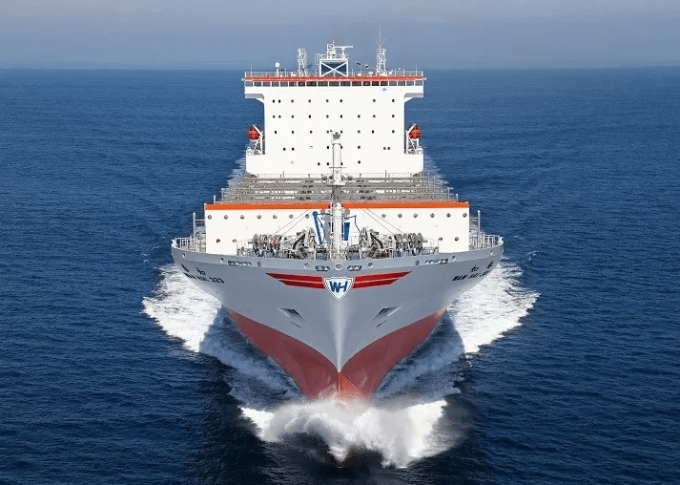Wan Hai warns of battle for boxes as peak season starts early
The traditional peak season has started early, before the usual July-October period, as shippers are ...

Wan Hai Lines has set aside $1.55bn to invest in ships, container terminal equipment and new boxes, GM Tommy Hsieh said on Friday.
The Taiwanese liner operator, primarily an intra-Asia carrier, recorded a $3.03bn net profit in 2022, down 10% from 2021, and incurred a loss in Q4.
Explaining the capital expenditure plan, Mr Hsieh said: “We’re still optimistic about the long-term growth of container shipping. The decline in freight rates has been restrained. After the lunar new year, the freight rates of ...
Semiconductors could compensate for air freight's lost ecommerce traffic
Gemini schedule reliability falls below 90% target for the first time
Red Sea crisis forces Maersk to increase capacity over strategy limit
'Weakened' Maersk paying a heavy price for its lack of fleet growth
Forwarders predict fall in airfreight rates as ecommerce eyes sea freight
US port call fees would force ACL to exit transatlantic trade, says CEO
'More pronounced' demand slump drives container spot freight rate declines
DHL sees opportunities as end of US de minimis exemption looms
Calling all shippers!
Please give us a minute of your time to answer the following questions:

Comment on this article